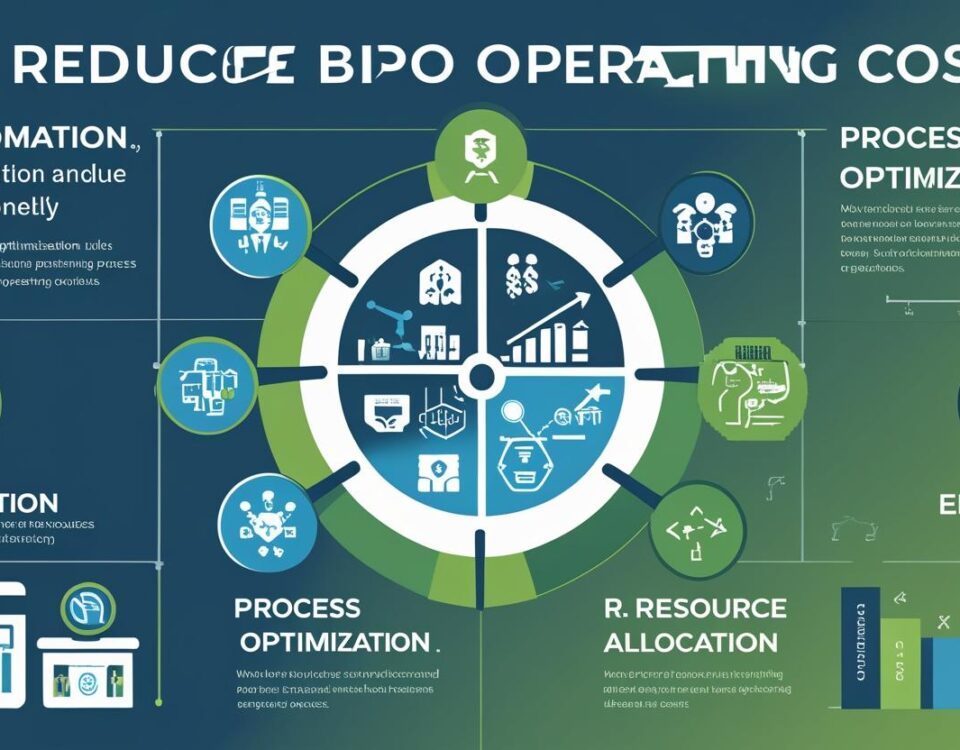Business Operations: Strategies to Optimize Efficiency and Growth in 2025
Introduction
In today’s competitive landscape, mastering your business operations isn’t just an option — it’s a necessity. Whether you’re a startup or an enterprise, streamlining your operations directly impacts your profitability, productivity, and long-term success. In this article, we’ll explore what business operations involve, why they matter, and the best practices to optimize them in 2025.
What Are Business Operations?
Business operations refer to the day-to-day activities that organizations engage in to produce goods or provide services. These include supply chain management, employee workflows, customer service, and financial processes.
Efficient business operations are the backbone of any successful company.
Core Components of Business Operations:
- People – Human resources, leadership, and team collaboration.
- Processes – Standard operating procedures and workflows.
- Technology – Tools and systems that automate and streamline tasks.
- Strategy – The overarching plan aligning operations with business goals.
Why Business Operations Matter
Here are some major reasons why optimizing your operations can transform your business:
- ✅ Increased Productivity
- ✅ Reduced Operational Costs
- ✅ Improved Customer Experience
- ✅ Faster Decision Making
- ✅ Higher Profit Margins
10 Proven Strategies to Streamline Business Operations
- Automate Repetitive Tasks
Use automation tools like CRMs, ERPs, and workflow apps to reduce manual effort and errors. - Implement Cloud-Based Solutions
Switch to cloud platforms to enhance data accessibility and team collaboration. - Analyze and Optimize Workflows
Conduct regular audits to identify inefficiencies and bottlenecks. - Focus on Employee Training
Upskill your workforce regularly to improve performance and innovation. - Leverage Data Analytics
Use data to track KPIs, forecast trends, and make smarter operational decisions. - Outsource Non-Core Functions
Delegate tasks like payroll or customer service to specialized agencies. - Use Project Management Tools
Tools like Trello, Asana, or Monday.com help manage tasks efficiently. - Embrace Lean Methodologies
Apply Lean and Six Sigma to minimize waste and maximize value. - Improve Communication Channels
Use real-time tools like Slack or Microsoft Teams. - Align Operations with Business Goals
Ensure all tasks support your strategic objectives.
Key Tools for Business Process Optimization
| Tool | Purpose |
|---|---|
| Slack | Team communication |
| Zapier | Task automation |
| Monday.com | Project management |
| QuickBooks | Accounting |
| Salesforce | CRM |
Common Mistakes to Avoid
- ❌ Ignoring data insights
- ❌ Failing to document SOPs
- ❌ Overloading employees
- ❌ Not setting measurable goals
- ❌ Skipping regular performance reviews
Future Trends in Business Operations (2025 & Beyond)
- AI and Machine Learning – Automating decision-making and predictive analytics
- Remote-First Operations – Managing global teams across time zones
- Sustainable Practices – Reducing carbon footprint through green operations
- Hyper-Personalization – Using customer data to tailor services in real time
Conclusion
Optimizing your business operations is the key to scaling effectively, improving team productivity, and staying ahead of the competition in 2025. By leveraging the right tools, strategies, and mindset, you can build a robust and scalable operation that supports growth and innovation.
Frequently Asked Questions
Q1: What are examples of business operations?
A: Examples include inventory management, payroll processing, sales operations, and customer service.
Q2: How can I improve my business workflow?
A: Start by identifying bottlenecks, using automation tools, and standardizing processes.
Q3: What is business process optimization?
A: It’s the practice of refining workflows and operations to achieve better efficiency and outcomes.





